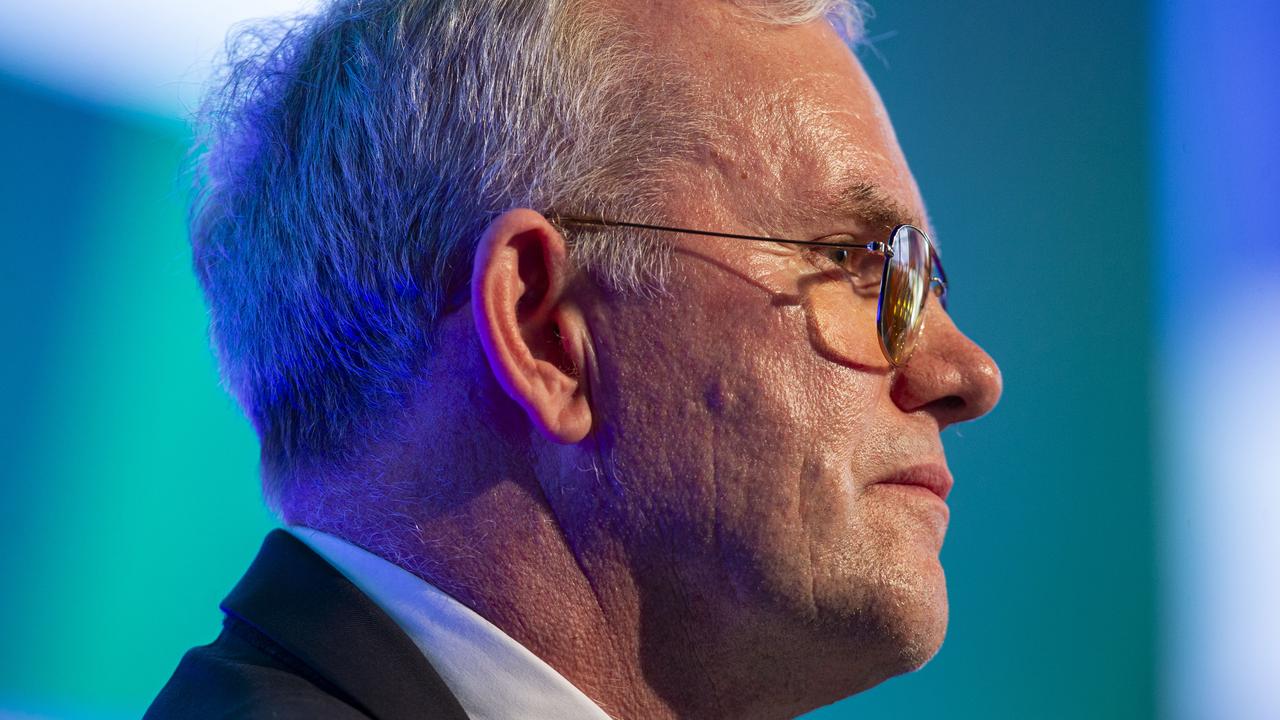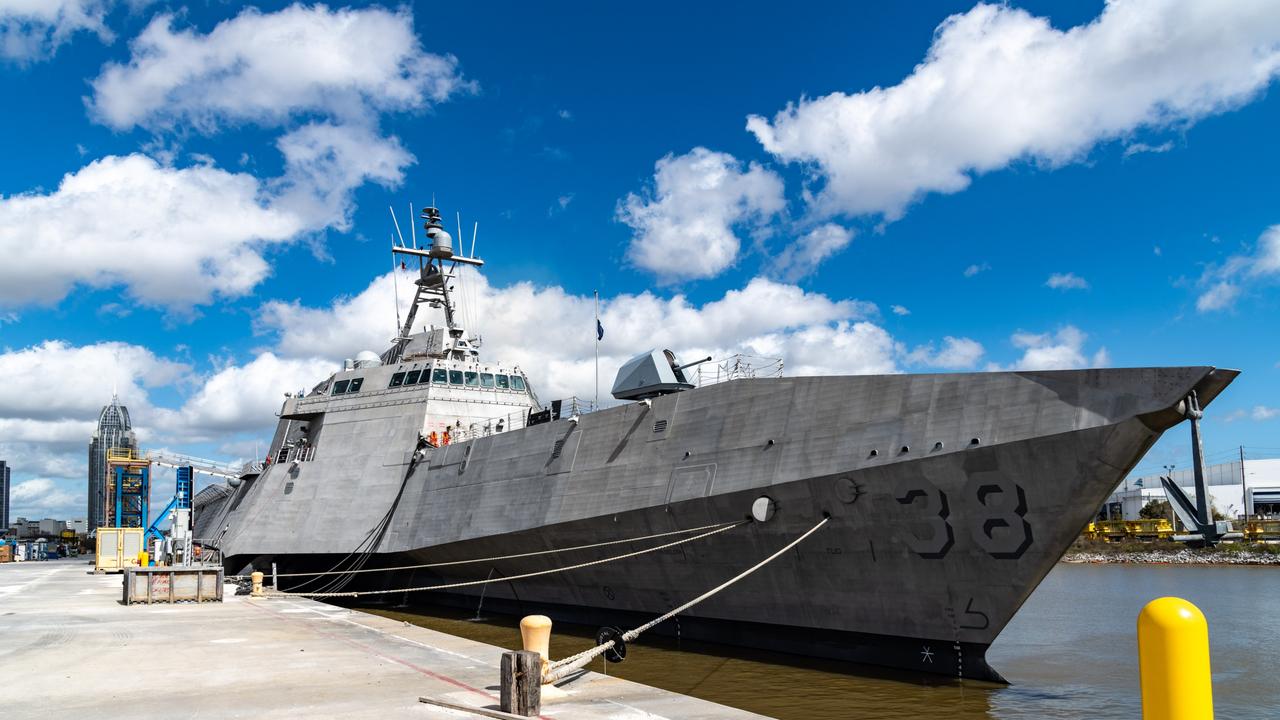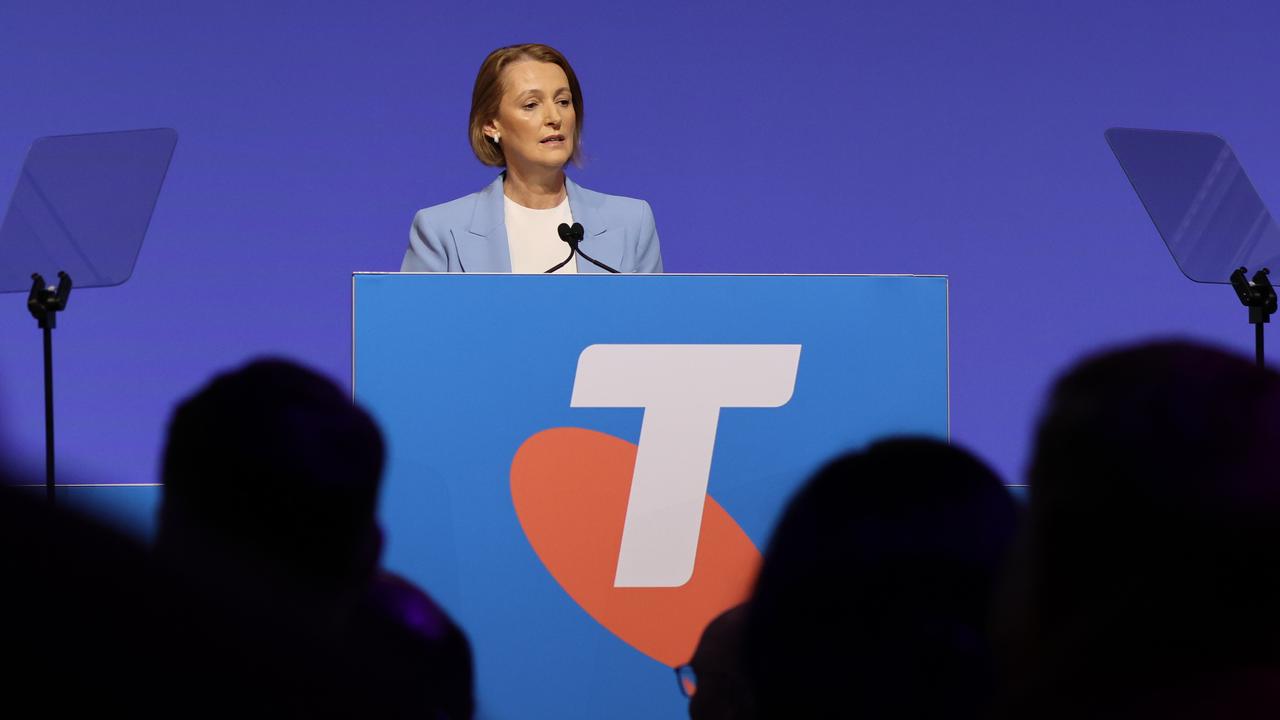Nvidia CEO Jensen Huang tells CES next phase of AI revolution is a ‘multitrillion-dollar opportunity’
Nvidia chief executive Jensen Huang has told the world’s biggest consumer electronics show that AI agents are the next robotics industry and software coding is the next giant AI application.
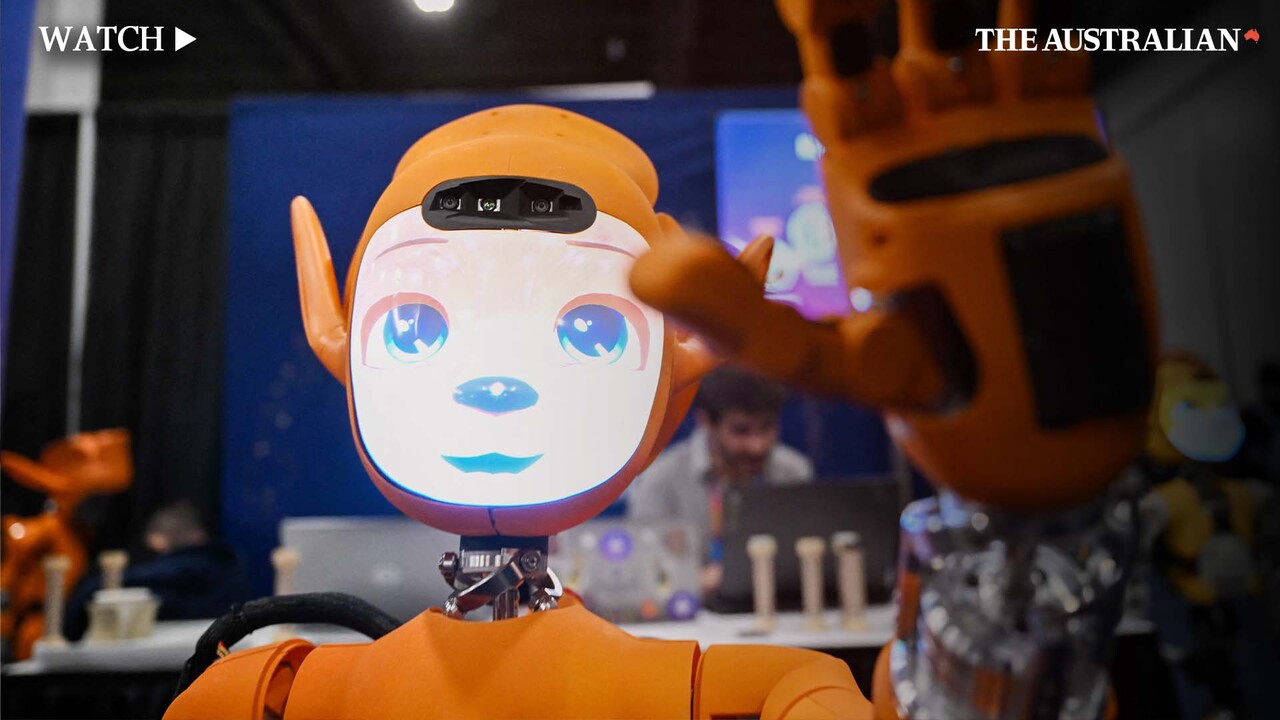
Business
Don't miss out on the headlines from Business. Followed categories will be added to My News.
Nvidia chief executive Jensen Huang has unveiled a new generation of chips to provide the computing power needed to fuel the next phase of the artificial intelligence revolution and what he says is a “multitrillion-dollar opportunity”.
Addressing the world’s biggest consumer electronics show, Mr Huang said new scaling laws were emerging, paving the way for AI to “think” and train itself.
He said “physical AI” was the next “frontier” of the technology. This is AI that has the ability to allow autonomous machines to “perceive, understand and perform complex actions” in the real or physical world.
Mr Huang said the autonomous vehicle revolution “has arrived” following the “success of Waymo and Tesla” and Nvidia was partnering with Toyota to “create the next generation” of self-driving cars.
“This will likely be the first multitrillion-dollar robotics industry,” he told the Consumer Electronics Show in Las Vegas.
“Our business is already $US4bn and this year, probably on a run rate, about $US5bn so really significant business already. This is going to be very large.
“Machine learning has changed how every application is going to be built, how computing will be done, and the possibilities, beyond,” he said.
Mr Huang announced a “whole family of models” that are based off Meta’s Llama AI model.
“Every single enterprise in every single industry has been activated to start working on AI. Well, the thing that we did was we realised that the Llama models really could be better fine-tuned for enterprise use, and so we fine-tune them using our expertise and our capabilities.”
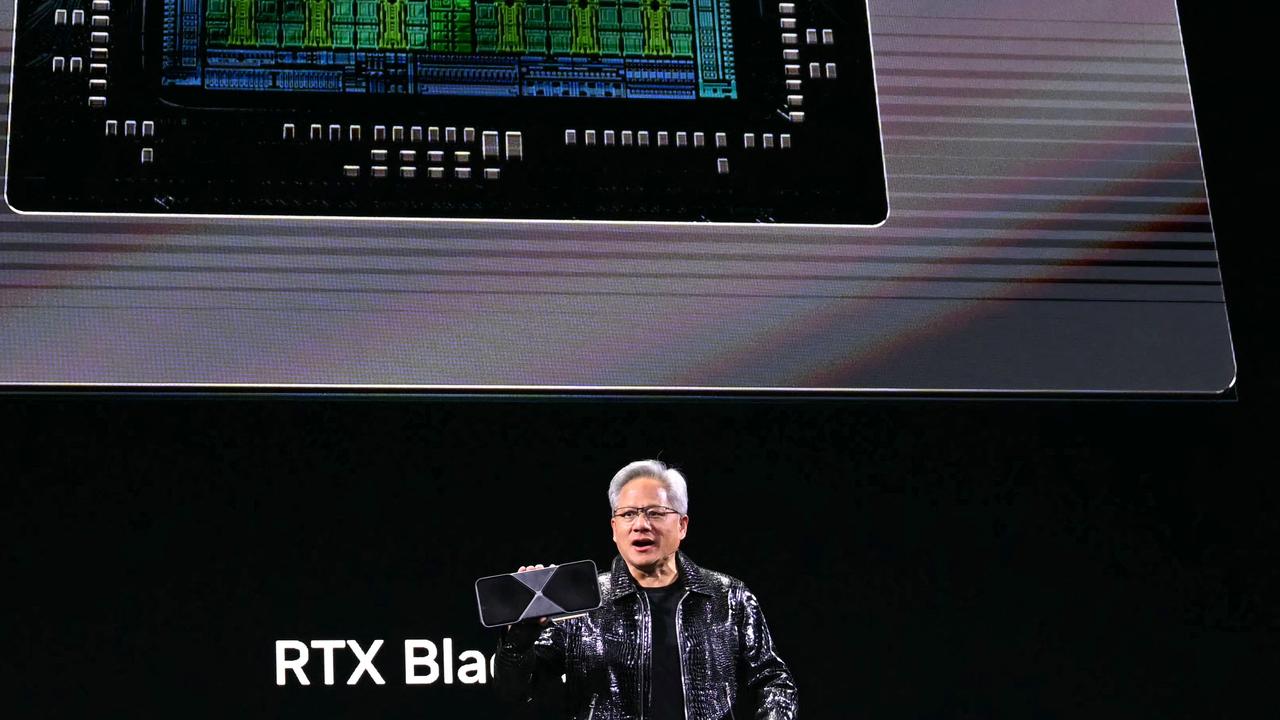
Mr Huang said software coding was the next giant AI application, and with 30 million software engineers globally, it represented a “multitrillion-dollar opportunity”.
“Everybody is going to have a software assistant helping them code. If not, obviously you’re just going to be way less productive and create lesser good code,” he said.
“It is very, very clear AI agents are probably the next robotics industry, and likely to be a multitrillion-dollar opportunity.”
Mr Huang showcased Nvidia’s new Blackwell RTX 50-series GPUs (graphics processing units), priced from $US549 to $US1999.
“The GPU is just a beast, 92 billion transistors. Even the mechanical design is a miracle. Look at this. It’s got two fans. This whole graphics card is just one giant fan.
“The internet is producing about twice the amount of data every single year as it did last year. I think the internet in the next couple of years will produce more data than all of humanity has ever produced since the beginning.
“The amount of computation that we need, of course, is incredible. And we would like, in fact, that society has the ability to scale the amount of computation to produce more and more novel and better intelligence. Intelligence, of course, is the most valuable asset that we have, and it can be applied to solve a lot of very challenging problems.
“So scaling law, it’s driving enormous demand for Nvidia computing. It’s driving an enormous demand for this incredible chip we call Blackwell.”
Mr Huang said the new chips – which could also fit into laptops – improved the performance per watt by a factor of four and performance per dollar by a factor of three.
“And every single data centre is limited by power, and so if the per watt of Blackwell is four times our last generation, then the revenue that could be generated, the amount of business that can be generated in the data centre, is increased by a factor of four. And so these AI factory systems really are factories today.”

Mr Huang also unveiled Nvidia Cosmos, what he called the “world’s first world foundational model”, that was trained on 20 million hours of video to realise physical AI. He said the Cosmos platform was open licence and available on GitHub.
“We really hope (Cosmos) will do for the world of robotics and industrial AI, what Llama three has done for enterprise AI.
“The magic happens when you connect Cosmos to (the) omniverse, and the reason, fundamentally, is this: omniverse is a physics grounded – not physically grounded, but physics grounded. It’s algorithmic physics, principled physics. It’s a simulator. When you connect that to Cosmos, it provides the grounding, the ground truth.
“There are millions of factories, hundreds of thousands of warehouses. That basically is the backbone of a $US50 trillion manufacturing industry.”
Mr Huang said every factory will need a digital twin.
“That digital twin operates exactly like the real factory. And in fact, you could use omniverse with Cosmos to generate a whole bunch of future scenarios, and … then an AI decides which one of the scenarios are the most optimal for whatever KPIs (key performance indicators).
“Our go-to market is essentially the same as all of the other software platforms and all the technology platforms that we have through the developers and ecosystem partners, and we have just a growing number of ecosystem partners connecting to omniverse, and the reason for that is very clear: everybody wants to digitalise the future of industries.”
Mr Huang also showcased an Nvidia “supercomputer” dubbed Project Digits that is about as big as a Mac Mini and runs the “entire” Nvidia AI stack.
“If you have a good name for it, reach out to us,” he quipped.
It features a “top secret chip” that Nvidia has been developing based on its smallest Blackwell.
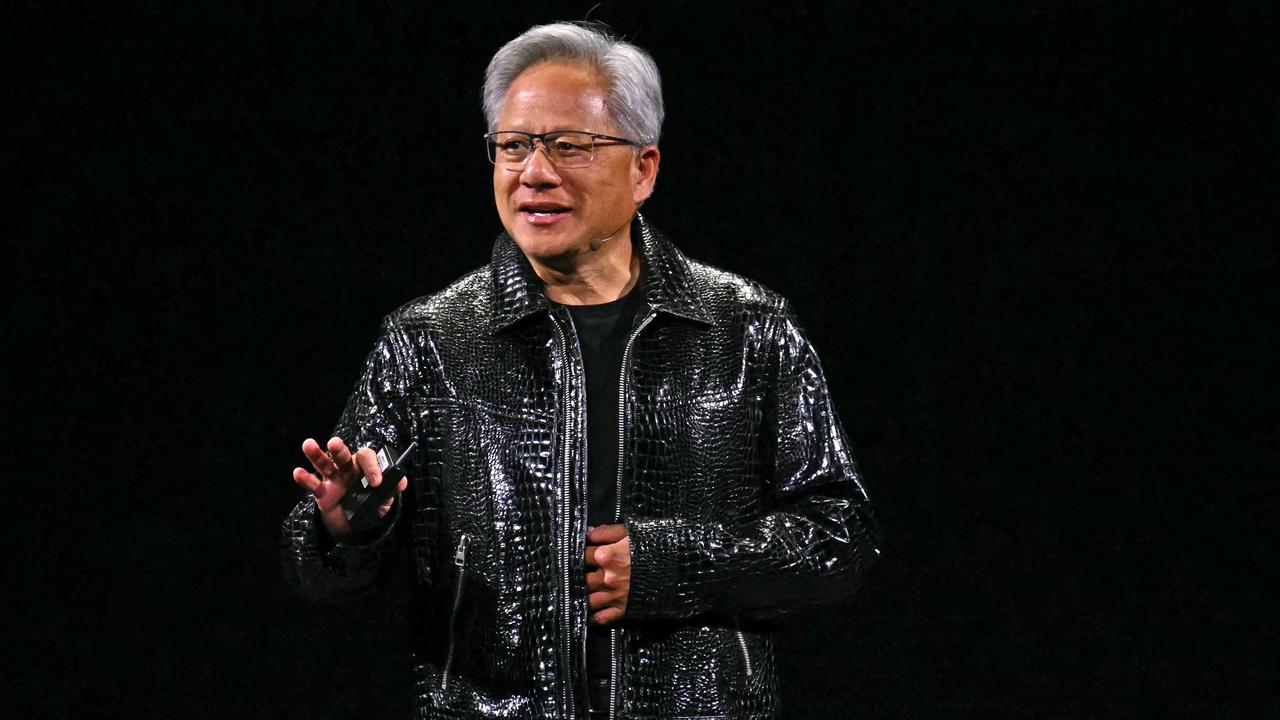
“Every software engineer, every engineer, every creative artist, everybody who uses computers today as a tool will need an AI supercomputer,” Mr Huang said.
“All of Nvidia software runs on this. It’s wireless, or connected to your computer. It’s even a workstation, if you like it to be. We’re expecting this computer to be available around May. It’s coming at you. It’s just incredible what we could do.”
Mr Huang, 61, spoke before a packed crowd at the CES at Michelob ULTRA Arena, a 12,000-seat stadium at Mandalay Bay Resort and Casino in Las Vegas.
Nvidia’s shares rose 3 per cent to a record close of $US149.43 on Tuesday morning (AEDT) after artificial intelligence buoyed the earnings of Taiwan’s Foxconn, which assembles Nvidia and Apple products.
The gains eclipsed Nvidia’s previous record close of $US148.88 on November 7.
The chip maker’s shares hit a seven-week intraday high of $US152.15, near the all-time peak of $US152.89.
Nvidia briefly also reclaimed its title of the US’s most valuable company during the session when its market capitalisation rose to $US3.73 trillion, but it closed at $US3.66 trillion – below Apple’s overnight rise to $US3.70 trillion.
It underscores how the AI-fuelled boom is far from over and still generating excitement among investors.
Founded in a Denny’s booth 32 years ago – where Mr Huang used to work as dishwasher and busboy – Nvidia is now worth more than Microsoft ($US3.18 trillion) and almost as much as Apple ($US3.7 trillion).
The author travelled to CES with assistance from Samsung, LG and Hisense.
More Coverage
Originally published as Nvidia CEO Jensen Huang tells CES next phase of AI revolution is a ‘multitrillion-dollar opportunity’





